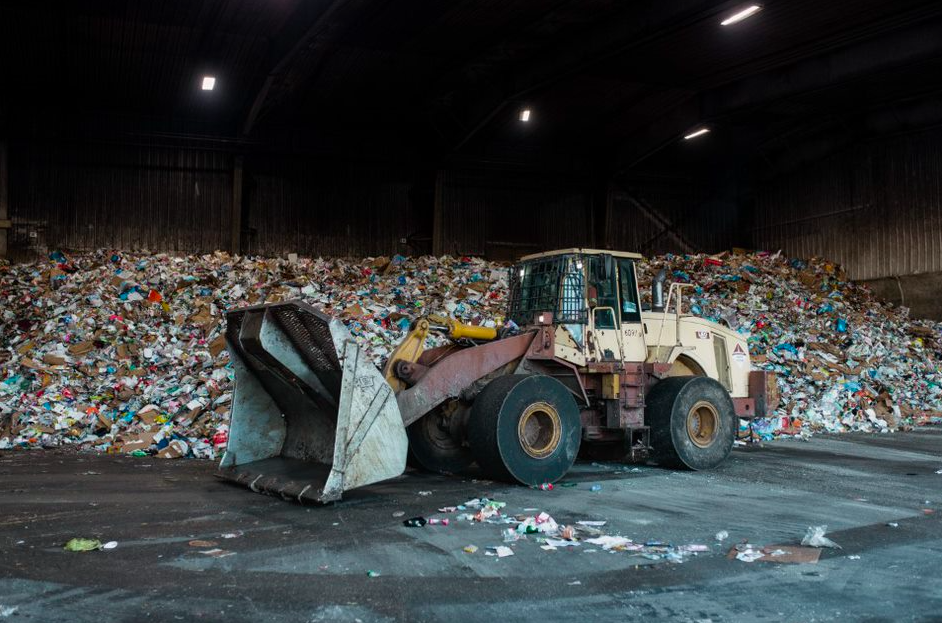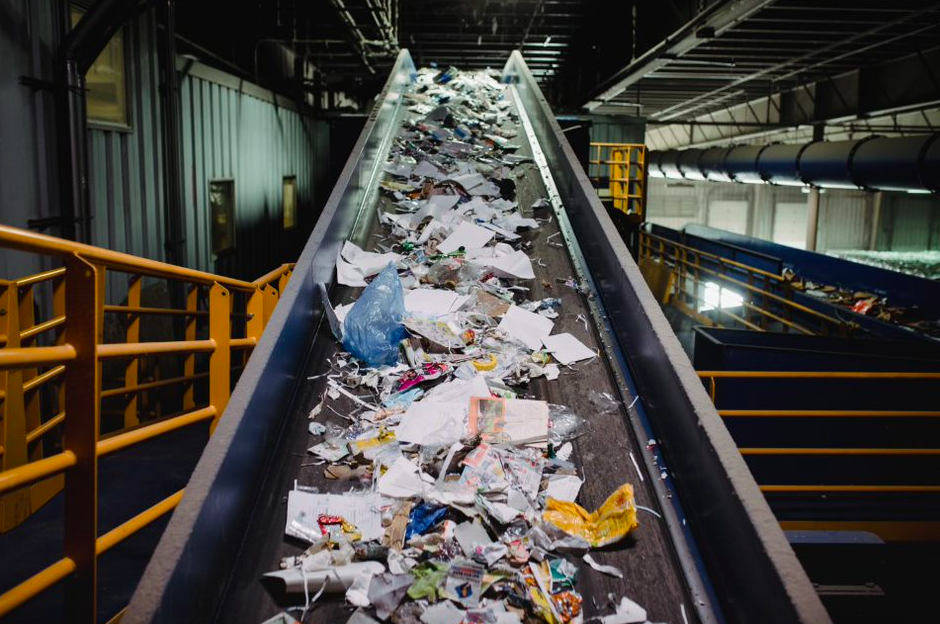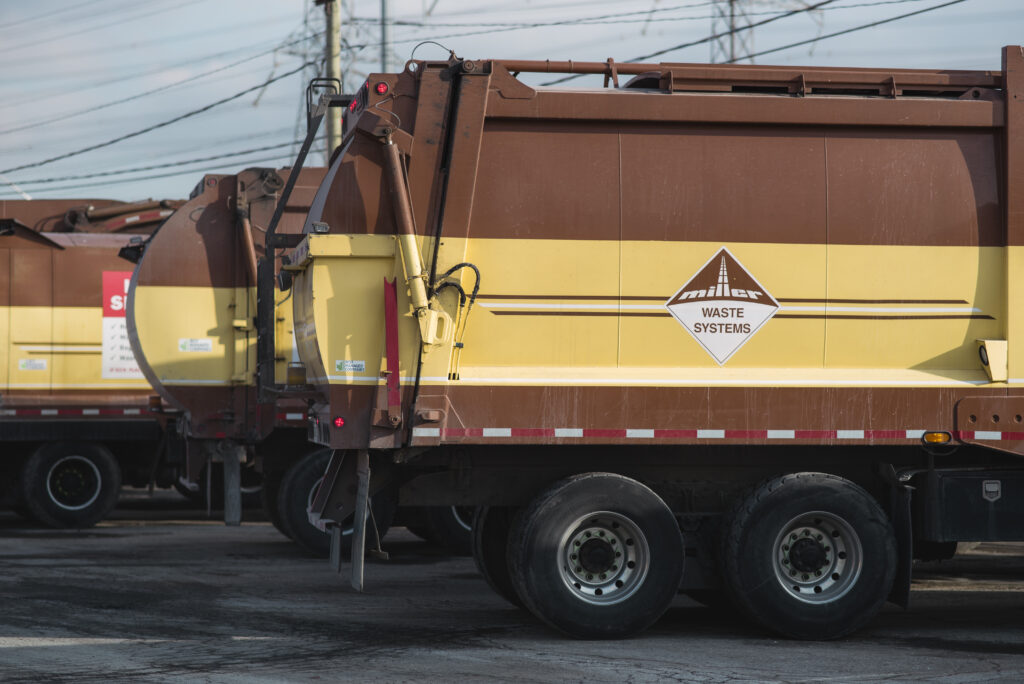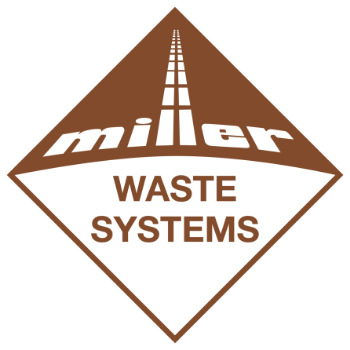Today, many organizations tend to focus primarily on waste removal and spend less time thinking about waste reduction. However, planning to reduce the total amount of waste generated by your school, office building, factory, hotel, restaurant, or other commercial facility is essential to saving money, protecting the health and safety of your people, and reaching environmental and sustainability targets.
Here are nine steps to developing an effective waste reduction and management plan for your facility:
1. Form a Waste Management Team
The first step in the planning process is to form a skilled waste management team. Otherwise known as “green teams”, these are self-organized, cross-functional groups of employees who identify and implement specific solutions to help their organization operate in environmentally sustainable ways.
Green teams should include representatives from different areas of the organization who can offer unique perspectives and experiences.
After securing the support of top-level management, green teams should meet regularly to share ideas, set goals, analyze information, and present status reports.

2. Conduct a Waste Audit
As the adage goes “you can’t manage what you don’t measure.” When it comes to measuring your organization’s waste output, it’s helpful to begin with a waste audit. This will help you understand the kind and amount your organization produces – and how much is properly disposed of.
Often, waste management companies such as Miller offer this kind of waste characterization study to their customers. This service entails collecting and labelling the waste produced by your organization over the course of a typical business day. After transporting the waste off-site, Miller’s experts sort and examine the waste to determine the contamination level, how they kind and volume of waste differs from one department to the next, and more. Miller then helps clients devise a plan of action to improve diversion rates.
Share the results of your waste audit with the rest of the organization to give everyone a good sense of where you stand.
3. Establish Benchmarks and Set Achievable Goals
Use the results of the waste audit to establish an objective baseline for your waste reduction plan. To measure progress, track the amount and type of waste generated – and the amount diverted from the trash – in subsequent years against your baseline year.
When setting goals, consider:
- What resources are available to the team (human and financial)?
- What are potential barriers to success?
- What (if any) initiatives did the organization try in the past? What were the reasons for their success or failure?
- How will we measure our success?
You can also use the waste hierarchy in the next step to inform your goals.
4. Keep the Waste Hierarchy Top of Mind
The waste hierarchy ranks the preferred approaches to waste management as such:
- Waste prevention at the manufacturing, consumer, and institutional level
- Reuse and repair
- Remanufacture and refurbish
- Recycle
- Energy recovery
- Landfill
The waste hierarchy emphasizes eliminating waste at the source. In your organization, that could mean:
- Purchasing used instead of new furniture
- Unsubscribing from magazine or catalogue mailing lists if no longer needed
- Placing bulk orders for commonly used items instead of multiple individual orders
5. Assess Your Current Methods of Waste Disposal
To improve recycling rates, tour the premise and evaluate the location and design of refuse and recycling containers. Ensure they are labelled appropriately. Consider using signs with images to depict the kind of waste that should go into the recycling, organics, and landfill bins. You can usually download this kind of signage for free from your municipality’s website.
You can also work with your waste management provider to assess the effectiveness of your waste disposal initiatives and collaborate with their experts to devise and implement strategies that are specific to your business type, size, and structure.

6. Select the Proper Waste Management Partner
Another crucial part of your achieving your sustainability objectives is selecting a waste management partner that shares your goals.
Consider a company that prioritizes diversion from landfills and extracting maximum value from hazardous and non-hazardous waste.
To that end, Miller Environmental, for example, not only properly disposes of hazardous waste, but uses advanced techniques to safely transform it into useful products: our experts can blend solvents and other organic substances into alternative fuel, use alkaline waste to neutralize acidic waste, and used spent catalyst as a reagent for other processes.
Miller helps extend the lifespan of plastics, glass, metal, and other recyclable materials at our Material Recovery Facilities (MRFs), where we sort and process more than 200,000 tonnes of recyclable material annually. Our in-house recycling material market specialists handle the sale of recycled material to the commodity marketplace to ensure recyclables are re-processed to their highest end-use.
Additionally, at our organics facilities, Miller transforms organic waste into soil, compost, fertilizer, and enough renewable heat and electricity to power hundreds of homes.
Partnering with a company experienced in handling and repurposing your waste will put you on the fast track to meeting – and exceeding – your waste reduction objectives.
7. Create an Action Plan
With the above considerations in mind, put your plan into writing. Explain your organization’s plans for reducing, reusing, and recycling waste, including details about how waste will be separated at the source and a schedule for completion. Display the plan in an accessible location for employees to peruse regularly.
8. Train Your Employees
It is essential to communicate new waste management policies to all staff members through company-wide announcements and training sessions to enhance their familiarity, confidence, and commitment to the plan. You should also communicate your organization’s specific sustainability objectives so employees understand what they are aiming for.
9. Track Your Progress
Regularly observe and note any progress your business has made toward its objectives. This involves evaluating expenses and tweaking strategies if required. Optimism and commitment toward your objectives are the key to overcoming setbacks while striving for environmental responsibility and sustainability.
Creating and implementing an effective waste reduction plan may seem overwhelming, but partnering with waste reduction experts can point you in the right direction. Miller has been serving Canadian businesses and communities for more than 60 years and has the knowledge, equipment, and facilities to help organizations across the country meet their sustainability objectives. Contact us today to start your journey with us.

